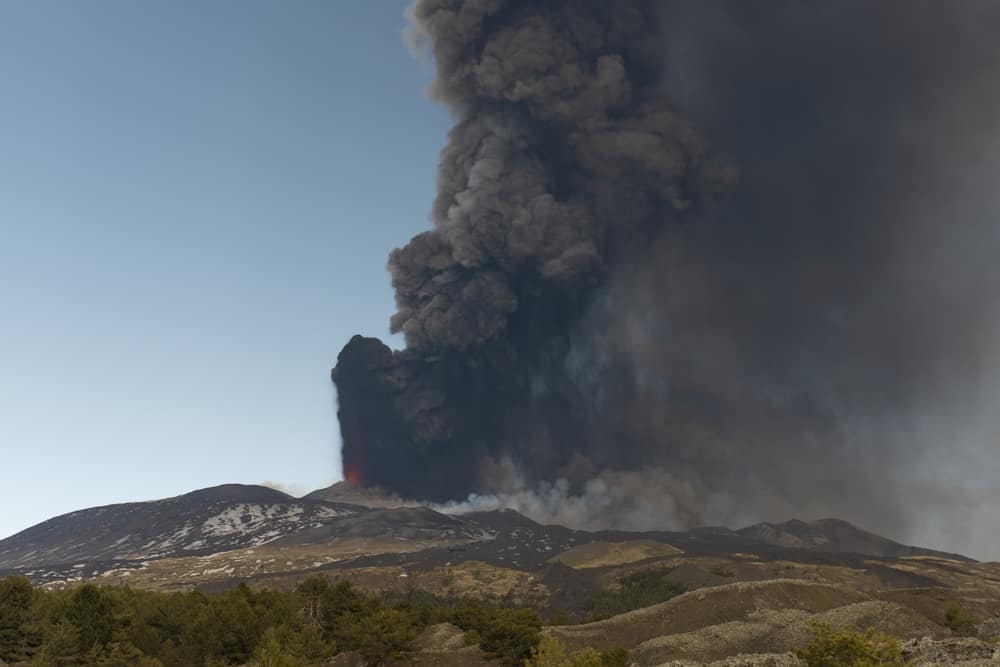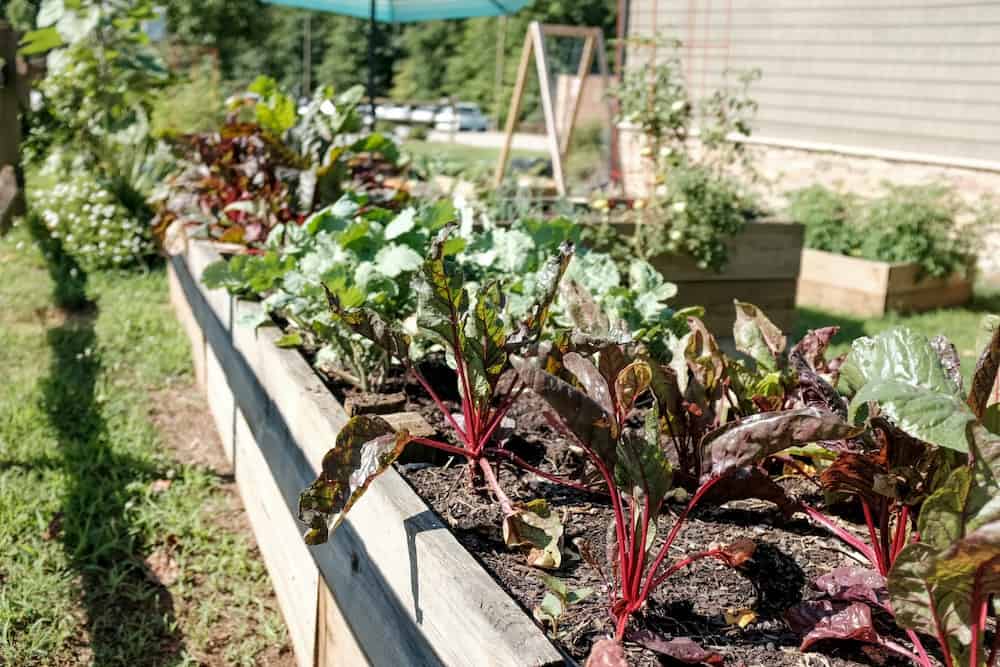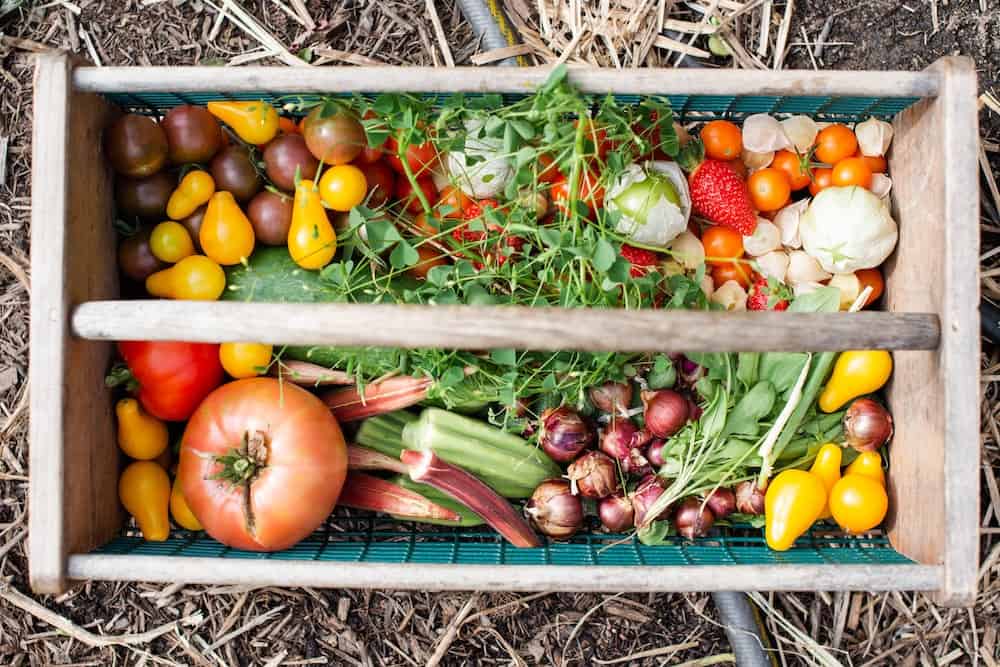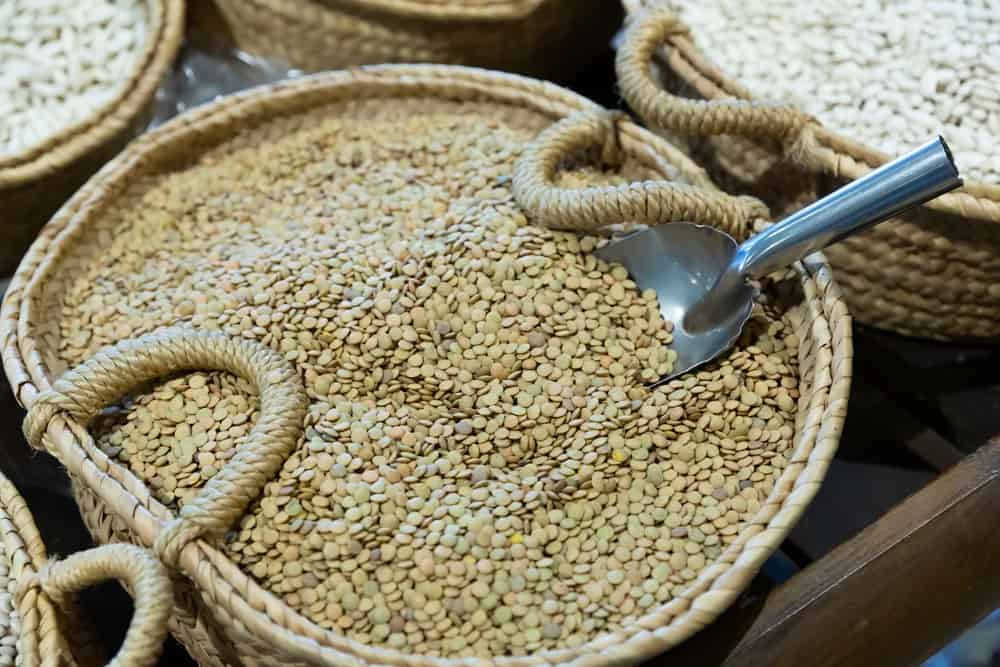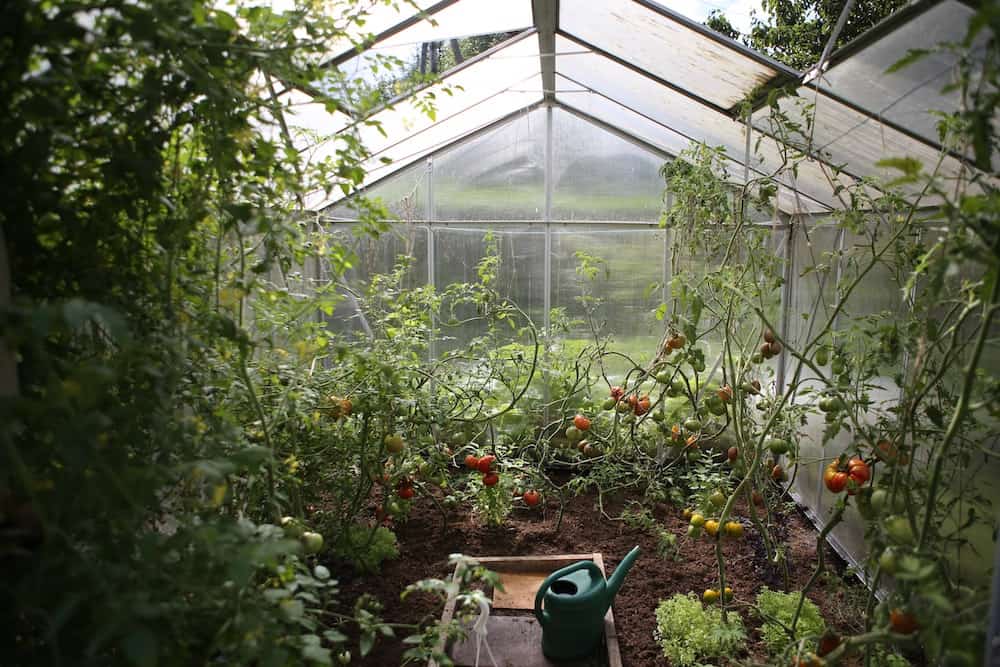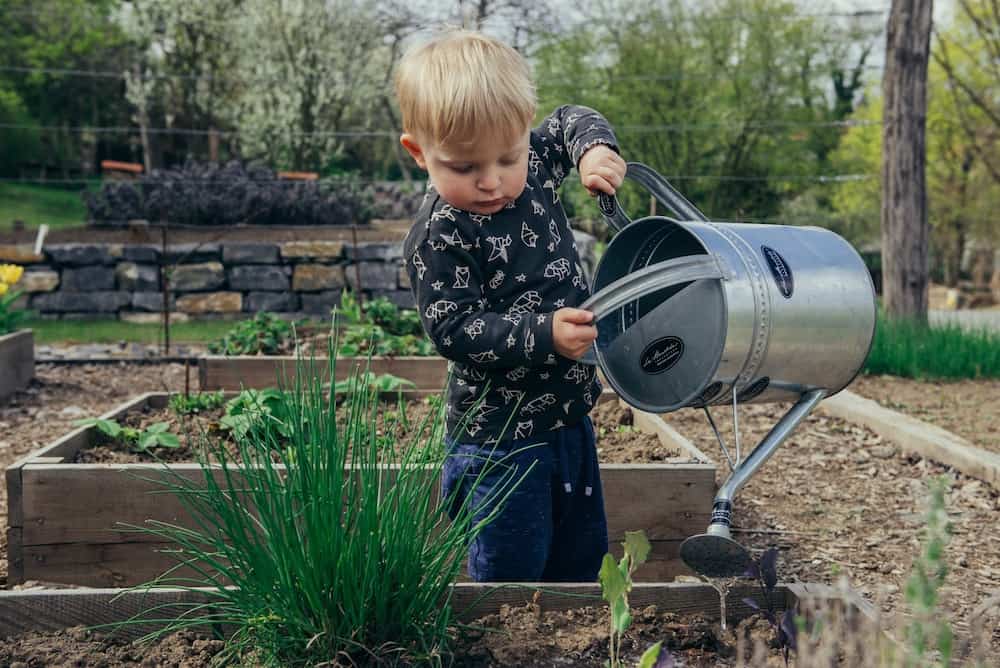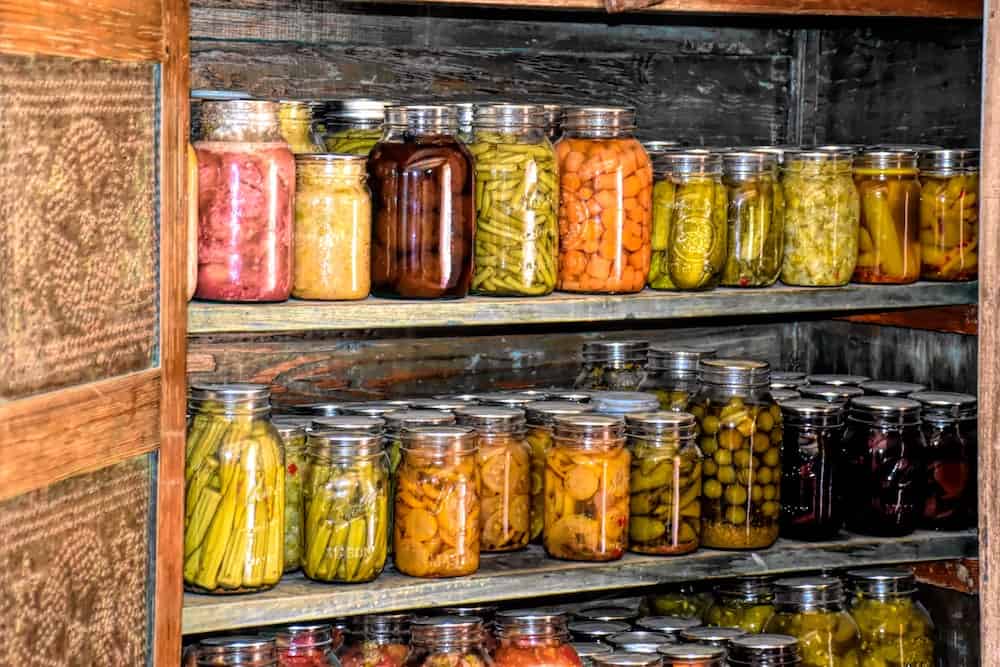With the state of the world causing insecurity in virtually every aspect of life, now is the time to go through all those seed catalogs and plan your spring vegetable garden. You can help eliminate food insecurity for your family and save money.
Also, don’t let the weather delay you. In warmer regions, the ground will be workable in no time at all. If things are still a little colder at home, you can utilize row covers and greenhouses/cold frames to get a jump start on gardening and start eating some fresh greens before you know it.
Rising Food Prices, and Volcanos
The price of groceries is through the roof. Last time I checked, rice and potato prices were nearly double what they were last year. The rise in rice prices happened over just the last few months.A remarkable shortage in fresh produce
At the moment we don’t have a garden going. We decided to not try this winter because our son was born in July via c-section, and we did not want to take on that project. Unfortunately, the shortage of fresh produce at our east coast grocery store has been consistent, especially organic produce.
Quality is another issue. Avocados and other items shipped a great distance to reach US markets seem to arrive at the store in terrible condition. Shipping delays cause produce and fruit to freeze and deteriorate rapidly.
Volcanic eruptions could mean cooler summer temperatures
No one, especially the media, seems to be talking about how the recent volcanic eruptions will affect temperatures. The 2022 Hunga Tonga eruption is the biggest volcanic eruption of the 21st century so far. The ash plume reached greater heights than any ever recorded by satellite.
Tonga is believed to be larger than the 1991 eruption of Mount Pinatubo which decreased worldwide temperature averages by almost one degree Fahrenheit for several years.
While it is impossible to know for sure how much of an impact volcanic activity will have, but we should expect some colder than average temperatures later in the growing season.
[caption id=“attachment_499270” align=“aligncenter” width=“1000”]
Mount Etna, Italy, February 2022[/caption]I live in the mountains of North Carolina, where despite the 3,000-foot elevation, we have a very long and hot growing season that allows gardeners to grow something outside practically year-round. I expect that colder temperatures later in the summer will allow for some colder weather crops to flourish for longer without bolting, but it could potentially shorten or otherwise negatively impact some of the crops that rely on higher temperatures to thrive, like peppers and tomatoes.
Colder climates should plan accordingly for a shorter growing season. You can make up for a few degrees with a bit of planning. Be prepared by having row covers and other items on hand to help extend your growing season and protect plants from late or early frosts.
This weekend, March 12, join our partners at The Grow Network for the “How To Grow Your Own Food” webinarCheck your average last frost date
The average last frost date is a general guideline for planting gardens. This is the date you can expect to have the last frost that may damage tender young plants and sprouts. Keep in mind, these dates are averages. During a particularly cold year, you might get a frost a week or two later in some areas.
Remember you can always protect young plants by covering if necessary. At the same time, it is best to play it safe and not plant any frost-sensitive warmer weather transplants or seeds until the last frost date.
We usually wait even longer because it is not worth the risk when planting a large garden. Covering and uncovering plants takes some time, especially with large gardens. To check your average first and last frost date by zip code, check out the Old Farmer’s Almanac online.
Best Crops to Plant Early
- Rutabagas
- Potatoes
- Turnips
- Lettuce
- Spinach
- Kale
- Collards
- Swiss Chard
- Onions
- Garlic
- Shallots
- Leeks
- Mustard
- Arugula
- Carrots
- Beets
- Brussel Sprouts
- Broccoli
- Cabbage
- Bok Choy
- Snow Peas
- Bunching Onions
- Radishes
Plant potatoes soon to avoid pests
Potatoes can be planted as soon as you have workable soil. In the mountains of Western North Carolina, we plan to plant in early March. The advantage of getting your potato crop in the ground early is that you harvest them before potato beetles emerge, so you don’t have to spray them.
Spinosad is a popular spray for potato beetles, but it is toxic to bees, so planting early can help avoid the temptation to use it.
Evaluate your space and sneak in more plants
With food prices skyrocketing, you should try to grow as much of your own food as you can with the space and time you have to dedicate to production.
Compare vegetable and fruit prices, plant accordingly
Of course, you want to grow things that you will actually eat, but everyone has limited space, and your climate may not be hospitable to growing some of the fruits and vegetables you enjoy eating.
Another consideration is price.
Some vegetable and fruit costs are nearly prohibitive, yet are not hard to grow. For example, bell peppers, especially yellow, orange, and red ones, cost $2 each at the grocery store. That is quite a bit to pay for just a single pepper, considering how easy they are to grow and preserve. Peppers can be deseeded and sliced or diced and frozen for six months or longer. We froze a lot of sweet peppers last growing season, and they are still delicious.
Heirloom tomatoes are another item that is consistently expensive even when in season. Bunches of leeks are another item that cost over $3 per pound, and are easy to grow.
Salad greens and spinach are perhaps the most remarkably easy to grow and the highest in cost. I pay $5-$8 per pound for organic salad greens at my local grocery store. If you buy in smaller 5 oz clamshells, the cost is $16 per pound. That is more money than a decent cut of meat and has far less nutritional value!
Start transplants and save money
Unless you a source offers you a fantastic deal, home-made transplants are more cost-effective than buying them. The exception may be if you just want to buy a few to add variety or replace some of your failed seed starting endeavors.
Purchasing transplants limits your garden. Buying seeds allows you to choose from a plethora of choices and experience many food flavors you just cannot find at the grocery store.
Local farm and garden stores are great for transplants
It is always good to support local businesses. Feed stores order a limited amount of transplants. So, if you need a lot of transplants, order directly from the store. You might need to put a deposit down or pay in advance, but this helps small businesses hone their orders to meet the needs of all their customers.
Buy Seeds Now!
I cannot stress enough how important it is to buy your seeds right away. The closer we get to warm temperatures, and the more people realize that food prices are out of control, the fewer seeds will be available. It is even more critical to buy early if you want to be picky about what varieties you grow.Seed Company List
Here is a list of seed and transplant companies that I trust to deliver you high-quality seeds. Most of the companies on this list specialize in open-pollinated heirloom seeds that you can save the seed from if you choose and save money on future gardens!
- Southern Exposure Seed Co
- Sow True Seed
- Territorial Seed Co.
- Burpee Seed Co.
- Baker Creek Heirloom Seeds
- Dixondale Onion Farm
Buy seeds in bulk and enjoy the savings
Purchasing small packs of seeds can really add up. Buying in bulk offers significant savings.
If you have friends and family that garden, then it makes sense to buy in bulk and split the purchase costs. If anyone has seed left over at the end of the growing season, it can be used next year if properly stored in a cool place and in a moisture-proof container.
Remember that some crops need to be reseeded often throughout the growing season, so you will be using more seed than you might realize. Even those with small gardens would do well to buy spinach, lettuce, mustard, kale, etc., seeds in bulk packs.
Fertilizer shortages are real, and they will get worse
If you are planning on using any specific type of fertilizer, you better buy it now. Fertilizer producers were struggling to keep up with production before the two major fertilizer plant fires this year.
Expect to pay much higher prices for any fertilizer. I was shocked at how much a bag increased in price over the last year. The cost and availability are an incentive to use homemade fertilizers if possible.
Some steps and supplies to get ready to plant
Now is the time to gather up any supplies you need for garden beds to get them ready. We have a few big gardens that we need to prepare by plowing before frosts stop. By plowing early and letting the fresh soil freeze, you can eliminate some weeds and pests from causing trouble later on.
If you plan on using raised beds, now is the time to build them. Lumber prices are at record highs, so if you can use salvaged materials or even concrete blocks, you could save money or create a more permanent raised bed. Just be sure that salvaged materials don’t have any chemical preservatives or old paint on them. Concrete blocks can always be moved if you don’t mortar it together.
Greenhouses or cold frames are an easy way to get started
It is really easy to make a cold frame. My husband made one with concrete blocks and some old glass shower doors years ago. We have eaten a lot of salad greens out of it, saving us several thousand dollars on our grocery bill.
Greenhouse kits make it easy
A greenhouse is a great way to grow plants in spite of the weather. Kits are sold at almost any decent home improvement or seed store. They come in a variety of shapes, sizes and costs. They can be as easy or difficult to assemble, and can cost from $50 to $10,000.
Small Space Garden Plans
You live in an apartment? A small house with little land? There are great plans for small space gardens available online. These are an excellent way to get started regardless of your space limitations.- 8 Vegetable Garden Layout Plans to Boost Your Homegrown Harvests
- Old Farmer’s Almanac Small Garden Plans
- Small vegetable garden ideas – 11 layout designs and the best crops to grow
- Apartment Gardening: Reaping Abundance in a Small Space
- 3 Ways to Garden Without Land
Consider adding a container gardening
Container gardening can be done any time of the year. It is also a great way to get started on some plants for your garden. While transplant trays are only meant to grow plants to a very small size so you can put them in a larger garden, a container allows for growing larger plants, even if you decide to transplant later. For example, it may be a little early for us to start tomatoes at the moment, but if I want to have some big tomato plants in containers to put on a patio when temperatures start staying above freezing, now would be the time to get some started.
Container gardening is also an excellent way to fit some extra food production into the space you have.
How will you preserve your harvest?
If you grow more than you can eat, then you need to either give it away or preserve it. Considering the uncertain times we are in, I advise preserving as much as possible. (You can also feed it to your livestock. Chickens love produce and don't mind consuming the stuff that is damaged.)Canning jars, lids, and rings have off and on again availability. I have had the best luck ordering from Wal-Mart online. At the moment, you can find the supplies you need to can food, but you should expect shortages as the season progresses.
Dehydrating some vegetables and herbs is a good option that takes up less space than canning and doesn’t require anything besides the dehydrator and whatever packaging you want to use for your preserved foods. We like to dehydrate and vacuum seal some veggies and Shiitake mushrooms.
Conclusion
Growing some of your food is a smart idea during uncertain times. Food costs will continue to rise, and it appears that shortages are going to continue to be a problem.Planning your garden ahead of time and buying seeds now allows you to grow what you want rather than just having to plant whatever seeds you can find in stock later on.
Those with limited space should prioritize growing the most expensive vegetables they commonly buy at the market.
What are you planting in your garden this Spring?
This is a companion discussion topic for the original entry at https://peakprosperity.com/fight-food-inflation-shortages-with-your-own-garden/
